Minds On
Today’s vocabulary
Dance that people may use to celebrate or to communicate stories about their culture or history/herstory. Cultures around the world have dances for different purposes.
A style of dance that evolved as part of the hip-hop culture from Black and Latinx communities in New York in the 1970s. This style of dance is usually improvised (the dancer makes it up on the spot) and involves various footwork, moves, and body bases (e.g., back or head spins). Also called b-boying/girling or breaking.
A traditional First Nations dance and form of storytelling. An Indigenous hoop dancer uses hoops to create shapes as they move to music.
Important ideas in dance, which include the following:
- Body: The instrument of dance. The term body may also refer to the body’s position or shape (e.g., curved, straight, angular, twisted, symmetrical, asymmetrical); also, how the body is moving (e.g., using locomotor or non-locomotor movements).
- Energy: The force with which the body moves (e.g., light, strong, sustained, sudden).
- Relationship: The way in which two or more things are connected to or associated with one another (e.g., dancer to dancer, dancer to object, right arm to left arm).
- Space: The physical area in which the body moves; also, the area surrounding the body.
- Time: An element of dance involving rhythm, tempo, accent, and duration. Time can be based on measured beats, as in music, or on body rhythms, such as breath, emotions, and heartbeat.
Let’s get started!
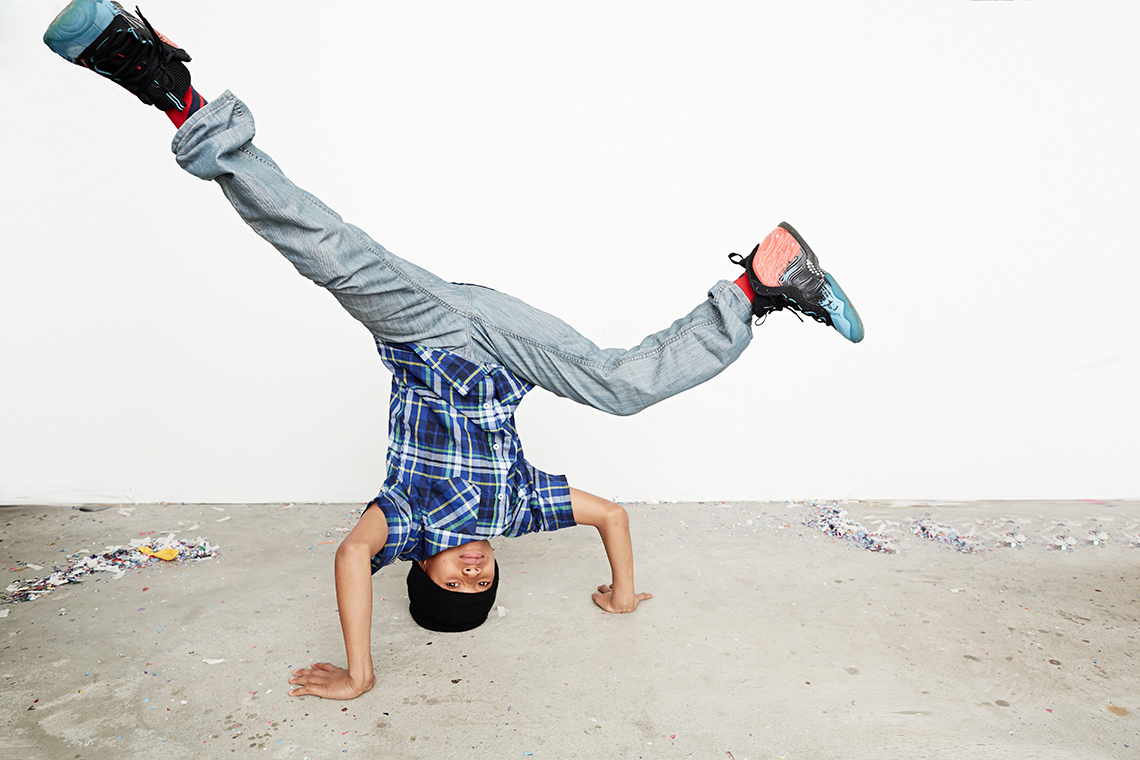
Dance is a part of many cultures around the world. People dance for a variety of reasons. For example, people may dance to celebrate or to communicate stories about their culture or history. It’s important for us to learn about the cultural and historical context of a dance from a member of the community from which the dance belongs.
We can learn about, discuss, and explore cultural dances, but we should not mimic or replicate the steps, unless invited to do so by a community member with knowledge in that dance form. Learning about diverse dance forms helps us become better community members!
Breaking

Let’s begin by exploring one of many dance styles from a variety of cultures around the world.
Breaking (also called b-boying/girling or Breakdancing) is a style of dance that evolved as part of the hip hop culture from Black and Latinx communities in the Bronx, New York in the 1970s.
This style of dance is usually improvised (the dancer makes it up on the spot). It is influenced by a variety of other dance styles, such as the Charleston, the Lindy Hop, and even Capoeira (a martial art that evolved from Brazil). Breaking continues to influence modern dance forms today!
Examine the following video of a person demonstrating Break dancing. Breaking involves high-risk dance moves like head spins and headstands. It is unsafe to attempt these moves without proper safety training. Break dancers are carefully trained and prepared.
If you’d like, you can press the 'Elements of Dance' button to access the Elements of Dance.
|
Body |
What is your body doing? Consider the following questions:
|
|
Space |
Where is your body moving? Consider the following questions:
|
|
Time |
When is the body moving? (in relation to time) Consider the following questions:
|
|
Energy |
How is the body moving? Consider the following questions:
|
|
Relationship |
Who or what is the body moving with? Consider the following questions:
|
Action
Get ready, get set…
Exploring dance styles
Let’s revisit the Breakdancing video from the Minds On section to describe the elements of dance.
Let's answer the following questions about the dance video.
Select the correct answer, then press “Check Answer” to see how you did.
Connections
Clothing choice
Explore the following images of the dancers from the video. What are they wearing? Why do you think they might be wearing this type of clothing?
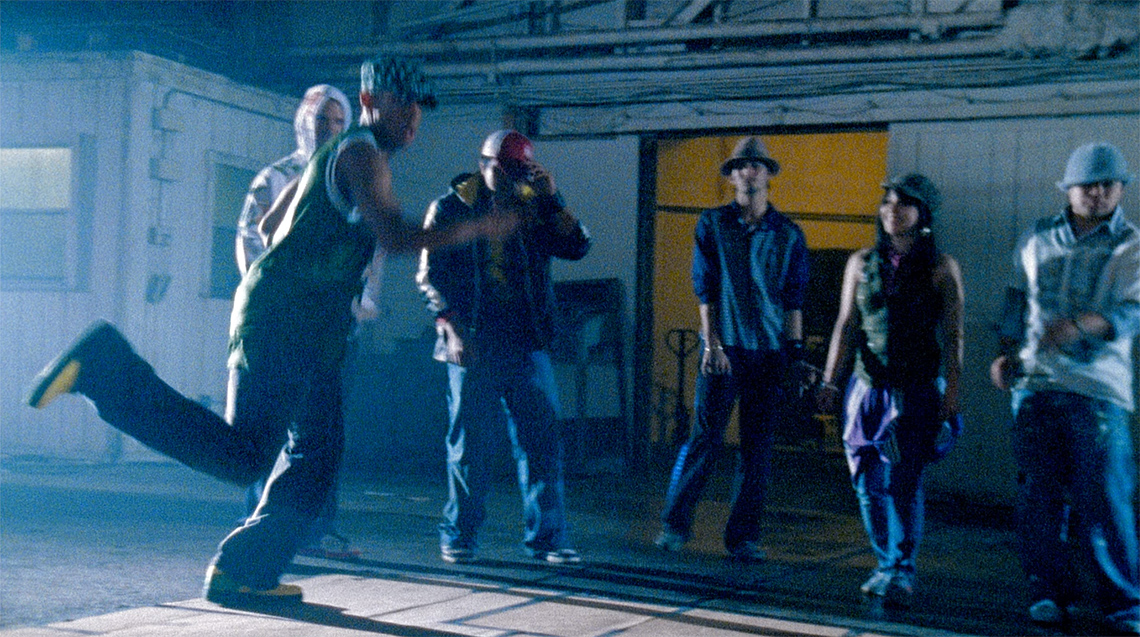
When you’re ready, press the 'Answer' button to reveal a possible answer.
The dancers are wearing comfortable “everyday” clothing such as t-shirts, sweaters, and pants to help with freedom of movement.
Describing dance styles
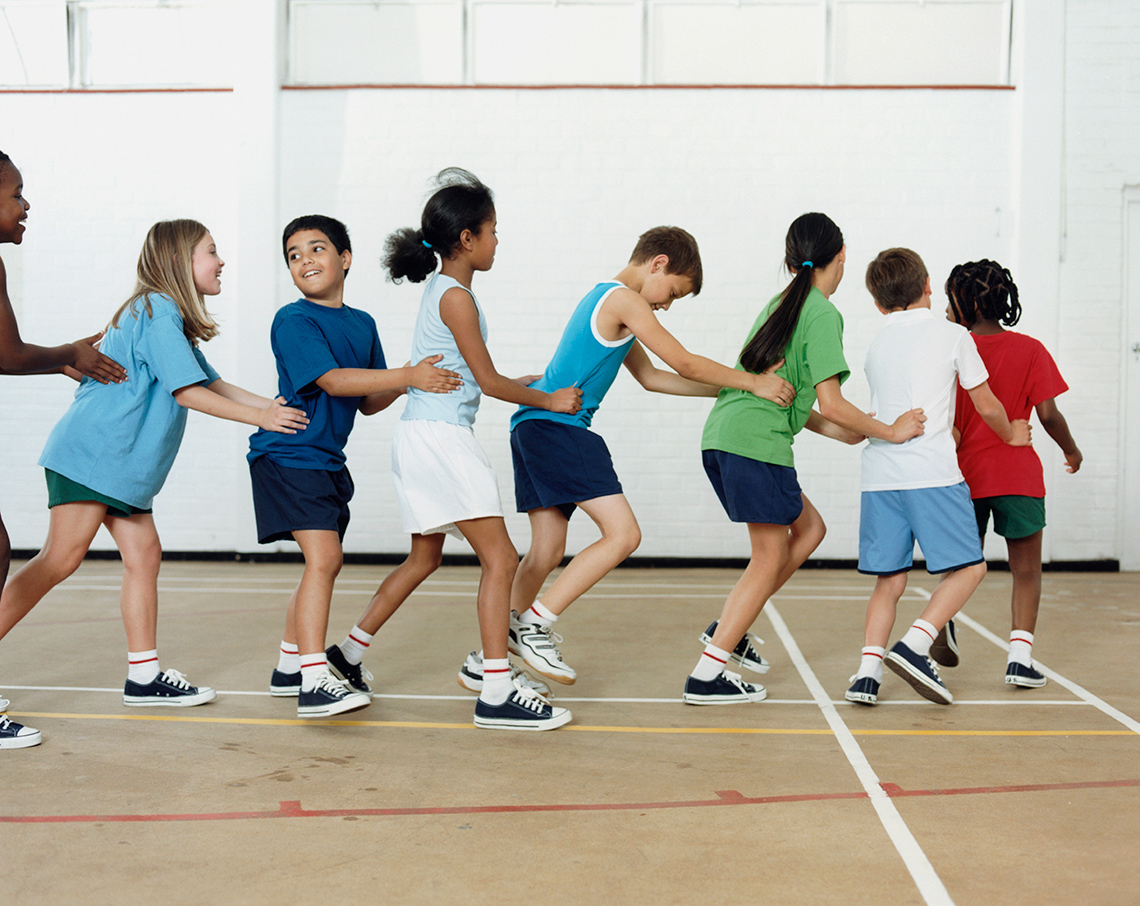
Dance exists in a wide variety of cultures and time periods. They serve a variety of purposes such as communicating ideas or stories, celebrating, or bringing together a community.
Consider the dance styles you are familiar with. These dance styles could be from any source, such as:
- your own life (dances done at weddings or cultural celebrations, extra-curricular dance lessons, etc.)
- from your experiences at school (using creative movement to explore different subject matter, learning from a guest artist, etc.)
- from TV, online (YouTube, music videos, etc.) or other sources
Now, use the following questions to reflect on the dances styles you are familiar with. You can record your ideas using a method of your choice.
- What are some examples of different styles of dance?
- What makes them unique?
- How are the elements of dance used in the dance styles you are familiar with? What is similar or different about the ways the elements are used?
- What do you know about the importance of, or purposes, of the dance styles you brainstormed?
Portfolio
Portfolio
Consider adding your ideas about this dance style to your portfolio.
First Nations’ Hoop dance
Cultures around the world have dances for different purposes. These special dances may use for celebrations or family and community gatherings. Some of these dances have been performed for centuries and even for thousands of years!
In the previous section, we explored Breakdancing as a way that communities come together through dance. Now, let’s learn about another dance that has a different purpose.
Let’s explore an example of a First Nations’ Hoop dance with Alexciia, who is Blackfoot from the Piikani Nation in Alberta.
Explore the following video to check out the dance!
Take a moment to reflect on the following questions about the Hoop dance. You can record your ideas using a method of your choice.
If possible, share your thoughts and ideas with a partner.
- What actions is the dancer performing?
- Describe the tempo of the dancer’s movements?
- Which body zone is the dancer using?
- What is the relationship between the dancer and the hoops? How do the hoops become a part of the dance?
- What do you think is the significance of the dancer’s costume or regalia?
- What is the relationship between the dancer and the music?
Consolidation
Putting it all together
Task 1: Investigate further
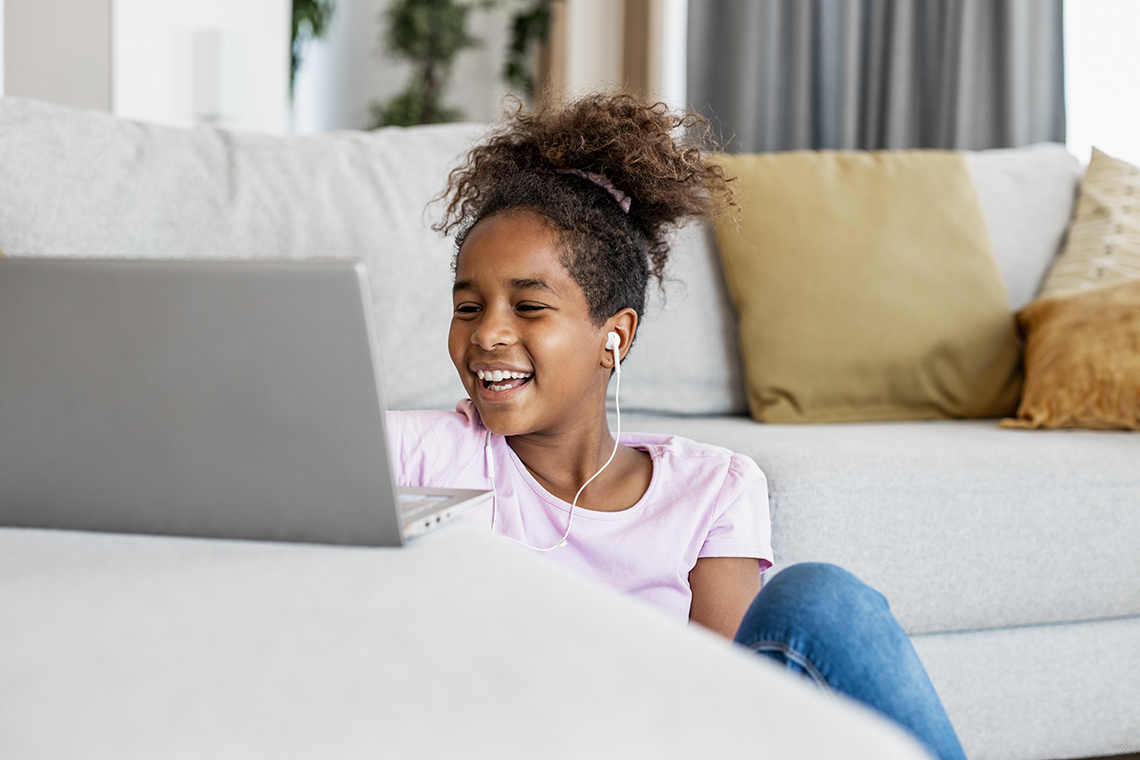
Select a dance style that you want to investigate further. If you are familiar with a dance form from your own cultural background, you may wish to investigate that style of dance. If not, select one from the following suggestions, or another of your choice.
- Capoeira
- Métis jig
- Hip hop
- Bhangra
When researching your chosen dance form, it is important that you begin your search using websites, videos, audio recordings, or print resources from the community that you would like to learn more about. For example, if you want to learn about a particular Inuit dance, you will want to visit that specific community’s website for your research.
If you cannot find what you are searching for, you may want to use the Canadian Encyclopedia websites, or Canadian Arts organizations’ websites.
Student Tips
Thinking critically about using websites
Websites ending with .com, .org, and .net can be created and used by any person. Be careful when using these websites and ask yourself if these websites are credible or have bias. The ending .org are usually used by non-profit organizations, which may have an agenda of persuasion rather than education.
Websites ending in .edu are reserved for colleges and universities. Canadian websites have a .ca ending. It is important to consider using credible Canadian websites for research when possible!
Research time
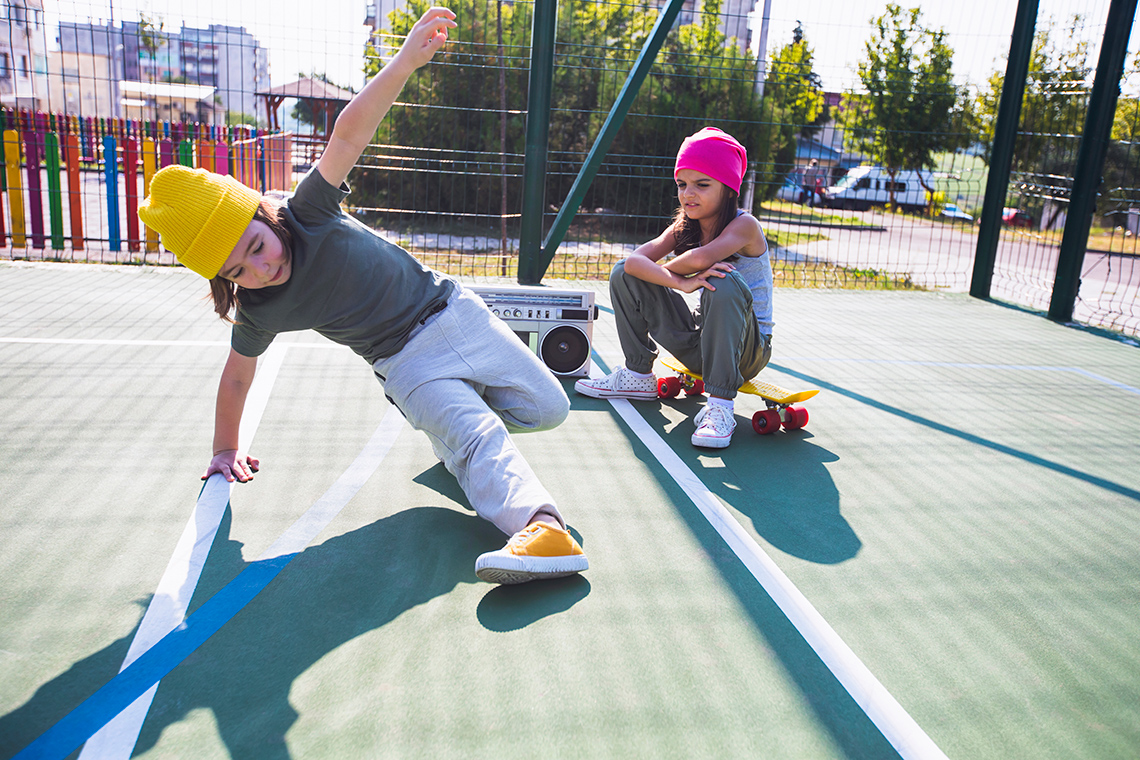
Learning about dances from other places and cultures can help us build community and create cross-cultural understanding! Learning more about the diversity of dances that exist in the world can also help us better understand cultures outside of our own. With this knowledge, we can also help others to become more accepting and understanding as well. Dances and regalia can look very different, but they can also serve similar functions for the communities they are from.
Complete your research on the dance style you selected. How does this dance style compare to the other dances we’ve explored in this learning activity (Breakdancing or First Nations’ Hoop dancing)?
Record your ideas in the following fillable and printable Dance Styles organizer. You can also record your thoughts using another method of your choice.
|
Dance from the video: (Blank) |
Dance style you selected: (Blank) |
|---|---|
|
What is name of the dance style and where and when does it originate? |
|
|
Describe the actions in the dance. How are the elements of dance being used? (E.g., body zones, levels, locomotor/non-locomotor movements, solo vs. groups of dancers.) |
|
|
Is there specific clothing required dancers? (For example, do the dancers wear certain types of clothes during the performance? Is there a significance for these items?) |
|
|
Do the dancers use a prop while dancing? (E.g., Highland dancers using a sword, or First Nations dancers using hoops.) |
|
|
Where is the dance performed? (E.g., gatherings, ceremonies, festivals, wedding, religious functions, etc.) |
|
Press the ‘Activity’ button to access Dance Styles.
Portfolio
Review your learning

Use the following questions to reflect on your research/findings.
- Based on the videos you explored, your research and your own experience, what are some of the reasons people dance?
- What connections can you make between the dance you selected and other dances you know?
- Based on your research, how could you teach others about the cultural significance of this dance?
- Why is it important to learn about this dance from individuals from this particular cultural community? How might the information not be as credible or authentic if presented by people from outside the community?
Record your responses using a method of your choice. Consider adding your work to your portfolio.
Reflection
As you read through these descriptions, which sentence best describes how you are feeling about your understanding of this learning activity? Press the button that is beside this sentence.
I feel…
Now, record your ideas using a voice recorder, speech-to-text, or writing tool.